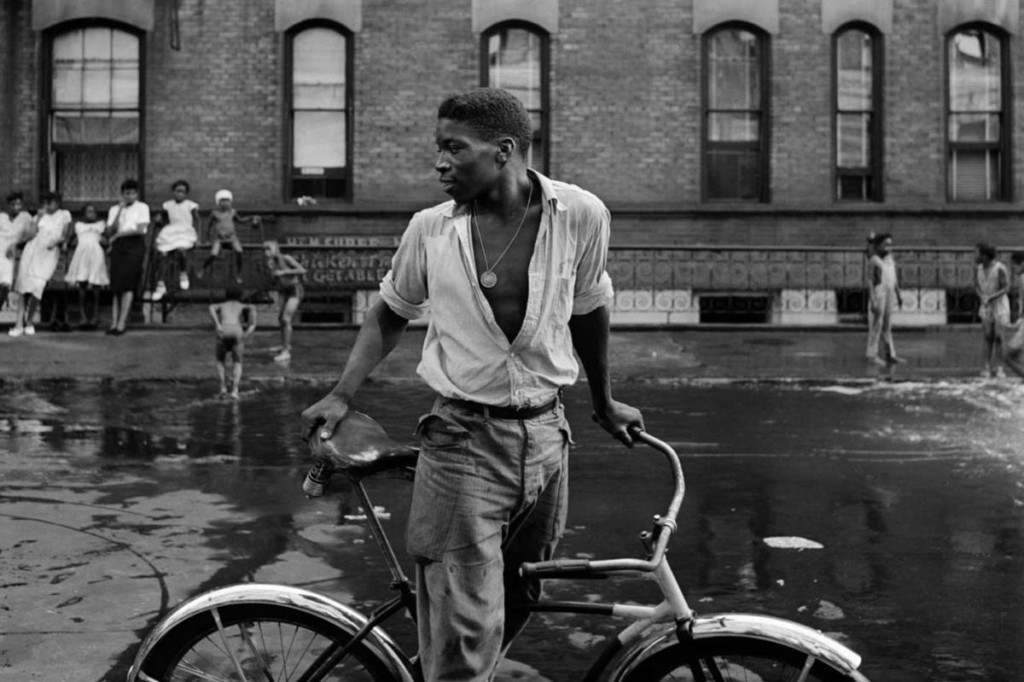Get This Report on Framing Streets
Get This Report on Framing Streets
Blog Article
Some Known Factual Statements About Framing Streets
Table of ContentsAbout Framing StreetsThe Facts About Framing Streets UncoveredSome Known Factual Statements About Framing Streets 10 Easy Facts About Framing Streets DescribedWhat Does Framing Streets Do?All about Framing Streets
, generally with the purpose of catching photos at a definitive or touching moment by mindful framework and timing. https://www.storeboard.com/framingstreets.
A Biased View of Framing Streets
Susan Sontag, 1977 Street photography can concentrate on people and their habits in public. In this regard, the road photographer resembles social docudrama photographers or photojournalists who likewise operate in public areas, yet with the objective of recording newsworthy events. Any of these photographers' images might capture individuals and home noticeable within or from public locations, which usually entails navigating honest concerns and regulations of privacy, security, and residential or commercial property.
Representations of day-to-day public life form a genre in nearly every duration of globe art, starting in the pre-historic, Sumerian, Egyptian and early Buddhist art durations. Art managing the life of the street, whether within sights of cityscapes, or as the leading motif, appears in the West in the canon of the Northern Renaissance, Baroque, Rococo, of Romanticism, Realism, Impressionism and Post-Impressionism.
The Single Strategy To Use For Framing Streets
Louis Daguerre: "Blvd du Temple" (1838 or 1839) In 1838 or 1839 the very first photo of numbers in the street was videotaped by Louis-Jacques-Mand Daguerre in one of a set of daguerreotype sights drawn from his workshop window of the Blvd du Temple in Paris. The second, made at the elevation of the day, reveals an unpopulated stretch of street, while the various other was taken at about 8:00 am, and as Beaumont Newhall reports, "The Boulevard, so frequently full of a moving bunch of pedestrians and carriages was completely singular, except an individual who was having his boots brushed.
, that was influenced to embark on a comparable documents of New York City. As the city established, Atget helped to advertise Parisian streets as a worthy topic for digital photography.

Framing Streets Fundamentals Explained
Andre Kertesz.'s commonly admired Images la Sauvette (1952) (the English-language version was labelled The Crucial Minute) promoted the concept of taking a picture at what he labelled the "crucial moment"; "when kind and web content, vision and structure combined into a transcendent whole" - Best Zoom Lens.
Getting My Framing Streets To Work
The recording device was 'a surprise camera', a 35 mm Contax concealed underneath his layer, that was 'strapped to the upper body and attached to a lengthy wire strung down the appropriate sleeve'. His work had little contemporary effect as due to Evans' level of sensitivities concerning the originality of his job and the personal privacy of his subjects, it was not released till 1966, in the book Numerous Are Called, with an intro written by James Agee in 1940.
Helen Levitt, after that an educator of little ones, related to Evans in 193839. She documented the transitory chalk illustrations - sony a7iv that belonged to kids's road culture in New York at the time, in addition to the kids who made them. In July 1939, Mo, MA's new photography section consisted of Levitt's job in its inaugural exhibitRobert Frank's 1958 publication,, was substantial; raw and typically indistinct, Frank's photos examined mainstream photography of the time, "challenged all the formal policies set by Henri Cartier-Bresson and Pedestrian Evans" and "contradicted the wholesome pictorialism and heartfelt photojournalism of American magazines like LIFE and Time".
Report this page